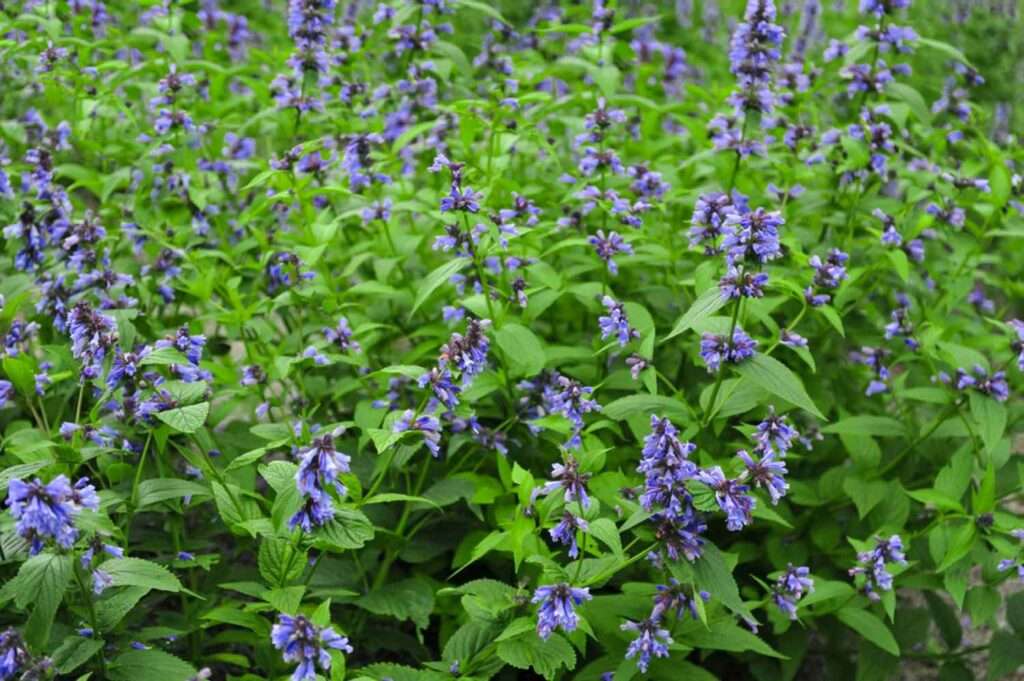
Description
Within the Lamiaceae (mint) family, catmint is a herbaceous perennial that comes in several species and hybrid forms. As an edging plant, catmint makes a lovely compact plant with little purple blooms and green leaves. Catnip and mint are sometimes mistaken. Despite being related since they belong to the same genus (Nepeta), one is cultivated to please people, while the other is produced to please (and attract) cats.
Habitat
Nepeta is indigenous to portions of China, the Middle East, Central Asia, and southern and eastern Europe.
Uses
Essential oils found in catmint are well-known for their medicinal properties. The most notable of these is its capacity to reduce headaches and promote mental calmness. It is a well-liked natural treatment for those with stress and anxiety because it has also been shown to alleviate these symptoms.

Varieties
One of the tallest varieties is Nepeta x faassenii ‘Six Hills Giant,’ which grows up to 36 inches tall and 30 inches broad. It features lavender-blue flowers. Make sure your garden has enough space for this one.
Nepeta subsessilis ‘Sweet Dreams’ has burgundy bracts and pink blooms. Compared to most Nepeta cultivars, it prefers a little more water. It reaches heights of two feet and widths of three feet.
The lavender-blue flowers of Nepeta racemosa ‘Walker’s Low’ have eight-inch spikes. One of the toughest and most dependable kinds, this 2007 Perennial Plant of the Year grows to a height of two feet and a width of two feet.
Plant Care
- Light
Planting your catmint in full sun will yield the nicest flowers, but it will also grow well in partial shade.
- Soil
Ideal soil ought to be well-draining and rich in humus. Numerous species can flourish in a variety of soil conditions, such as sandy or rocky soil and dry clay. It grows well in a broad range of soil pH values (5.0 to 8.0), not being picky about it.
- Water
Watering first-year plants is important; they need to be watered every couple of days for the first week, and then once a week for at least one more month if there isn’t any rain. Catmints don’t require irrigation once they’re established and can withstand droughts.
- Temperature and Humidity
In warm climes, mints like mild temperatures and thrive in the shade. They frequently cannot tolerate extreme heat or humidity.
- Fertilizer
Catmint is not a heavy feeder. It is necessary to add a handful of compost to the plant’s base in the autumn of the first year after planting. Years later, the plant doesn’t require any more.
Table





